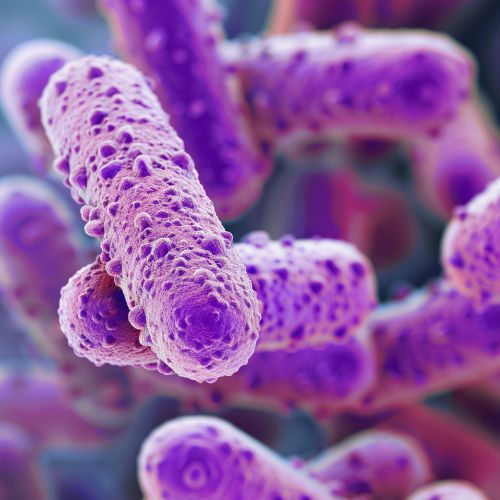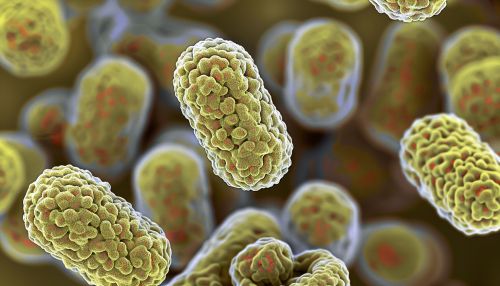Gram-negative
Introduction
Gram-negative bacteria are a large group of microorganisms classified by the color they turn after a chemical process called Gram staining. These bacteria are more resistant to antibiotics than gram-positive bacteria, due to their unique cell wall structure.


Cell Wall Structure
The cell wall structure of gram-negative bacteria is complex, with several layers that protect the bacteria and help them survive in harsh conditions. The outermost layer is the outer membrane, which is unique to gram-negative bacteria. This membrane is composed of lipopolysaccharides (LPS) and phospholipids, which provide a barrier against harmful substances, including many antibiotics.
Beneath the outer membrane is the periplasmic space, which contains a thin layer of peptidoglycan. This layer is much thinner than in gram-positive bacteria, which is why gram-negative bacteria do not retain the violet stain used in Gram staining. Instead, they take up the red counterstain, giving them their characteristic color.
The innermost layer of the cell wall is the cytoplasmic membrane, which is similar to the cell membranes of other organisms. It is composed of phospholipids and proteins, and controls the movement of substances in and out of the cell.
Gram Staining
Gram staining is a method used to classify bacteria based on the structure of their cell walls. It was developed by Danish bacteriologist Hans Christian Gram in 1884. The process involves staining the bacterial cells with a violet dye, then treating them with a mordant (usually iodine) to fix the stain.
After this, the cells are washed with a decolorizing agent, which removes the stain from gram-negative bacteria but not from gram-positive bacteria. Finally, a red counterstain is applied. The result is that gram-positive bacteria appear violet under a microscope, while gram-negative bacteria appear red.
Antibiotic Resistance
Gram-negative bacteria are often more resistant to antibiotics than gram-positive bacteria. This is largely due to the outer membrane of their cell walls, which acts as a barrier against many drugs. In addition, many gram-negative bacteria have efflux pumps, which can expel drugs from the cell before they can take effect.
Another factor contributing to antibiotic resistance in gram-negative bacteria is the presence of plasmids, small pieces of DNA that can be transferred between bacteria. These plasmids can carry genes for antibiotic resistance, allowing the bacteria to quickly adapt to new drugs.
Examples of Gram-Negative Bacteria
There are many types of gram-negative bacteria, some of which are harmless or even beneficial, while others can cause disease. Examples of gram-negative bacteria include Escherichia coli, which is commonly found in the human gut and can cause food poisoning if it gets into food or water; Salmonella, which also causes food poisoning; and Neisseria gonorrhoeae, which causes gonorrhea.
Other examples include Pseudomonas aeruginosa, which can cause infections in people with weakened immune systems; and Klebsiella pneumoniae, which can cause pneumonia and other infections. Legionella pneumophila, the bacterium that causes Legionnaires' disease, is also a gram-negative bacterium.
